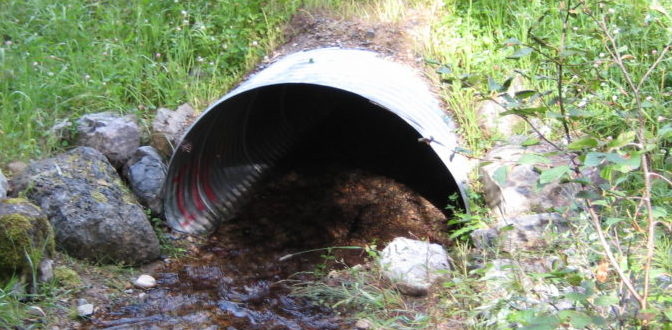Lower Clark Fork Road Sediment Assessment
The scope of this project was to conduct a sediment and culvert assessment of the unpaved road network within six watersheds of the Lower Clark Fork River TMDL Planning Area (TPA). This assessment was performed as part of the development of sediment TMDLs for 303(d) listed stream segments with sediment as a documented impairment. WET performed modeling to estimate sediment loads delivered to 303(d) listed streams from unpaved road networks in the Lower Clark Fork watershed and to identify potential sediment load reductions that can be realized from installing specific road network Best Management Practices (BMPs). WET acquired, updated and developed GIS layers and summary statistics showing statistics for 303(d) listed streams including; total number of road/stream crossings and length of road, summarized by ownership, general landscape setting and road type. Road crossing density and road length density was calculated for each subwatershed within the Lower Clark Fork TPA and summary statistics were calculated using a Microsoft Access database.
A sampling plan was implemented and executed with the DEQ to capture a statistical sampling of roads within stratified categories of road source type, ownership, soil types, etc. A field assessment was conducted to collect site specific road and culvert data to populate the WEPP:Road sediment model, developed by the US Forest Service. Modeling was conducted on road crossings to determine predicted sediment load delivered to streams from the unpaved road network. In addition, culverts were screened using USFS protocol to determine failure potential and the possibility of blocking fish passage. A report was delivered to MDEQ documenting the methods employed and the loading estimates derived based on the GIS information and data collected which included tables of sediment load estimates to the Lower Clark Fork tributaries from roads and crossings, potential sediment load reductions under an ideal management scenario and specified load calculation and extrapolation process and decision criteria, including rationale and all processes used.



